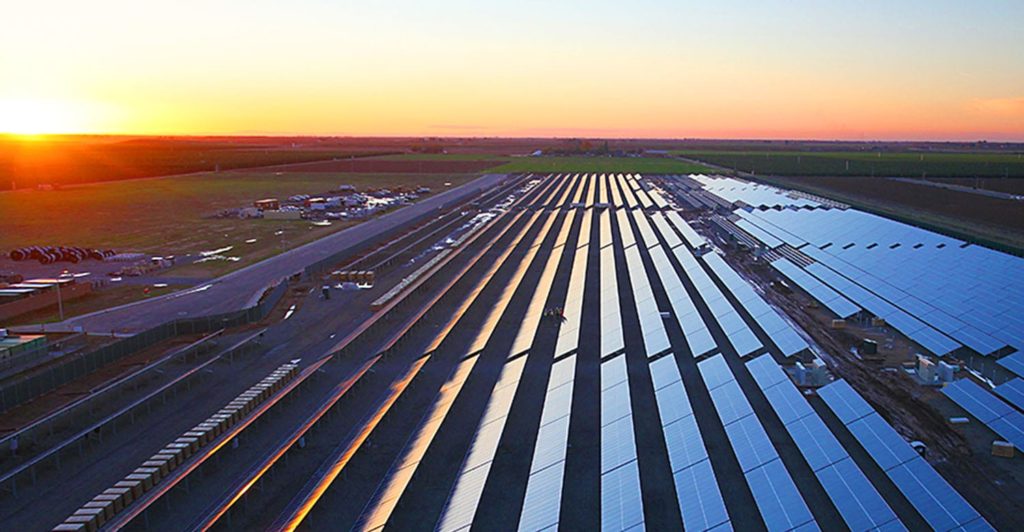As of the time of writing this article, Southern California Edison (SCE) does not offer a specific rate plan for solar, but SCE does compensate solar owners on an annual basis for any surplus energy generated by their solar system. The rate at which SCE solar customers are compensated at is called the “Net Energy Metering 2.0 plan”. The way the plan is structured is simple. You are credited at the full rate you would have normally paid for every kilowatt you produce. At the end of your 12 month billing period, if you produced more power than you consumed during the year, you are paid at SCE’s Net Surplus Compensation Rate (NSCR). The NSCR is lower per kilowatt-hour than SCE’s rates. The exact amount that you get paid depends on the month of the year that your NSCR is calculated.

The SCE Net Surplus Compensation Rate
When your solar is switched on after you are given permission-to-operate, the clock starts on your 12-month billing cycle. At the end of that 12-month period, you will receive a ”true-up” bill. If you used more power than you produced, you will have to pay SCE for that surplus usage. If you produce more power than you use, you will be credited for that power using SCE’s Net Surplus Compensation Rate (NSCR).
The amount that you are credited by the NSCR is determined by the month that your true-up bill is based on. For example, if your system was switched on in April of 2019, then the NSCR credit will be based on April of 2020’s NSCR rate. To find out what your NSCR rate is, visit SCE’s NSCR page. You are credited based on how many extra kilowatt-hours of energy your system produced.
Your SCE rate plan affects how much you save when going solar.
To maximize your solar savings, you need to choose the right rate plan. Southern California Edison has three time-of-use plans. You are required to be on a time-of-use plan when you go solar in the SCE service area:
- TOU-D-4-9-PM – Best savings if the user you can shift power usage away from 4 – 9 PM
- TOU-D-5-8-PM – Best savings if most of the user’s power usage happens before 5 PM
- TOU-D-Prime – For households with an EV, residential batteries, or heat pump
Since the TOU-D-Prime plan offers the lowest rates, eligible users should go with that plan. Otherwise, users will need to choose between the TOU-D-4-9-PM plan and the TOU-D-5-8-PM plan. Here are some tips to help you save on SCE rate plans:
- Try to move as much of your power usage to daylight hours as possible. That way you are consuming the power your system produces rather than paying SCE for power.
- Minimize your use of power during peak rate hours
- Add home batteries to your system so you can consume power produced by your system that is stored in the batteries during peak rate hours
Freedom Forever can help you get the most out of going solar in the SCE service area
If you’re ready to go solar, Freedom Forever can help. We can design and build for you a system that is sized to meet your power needs. Wondering if home batteries make sense for you? Freedom can help, we carry the LG Chem Cell RESU-10 home battery. Batteries are a smart choice if you are concerned about having power during a blackout period. Best of all, you get peace of mind with Freedom’s 25-year production guarantee.
